Avoid These Common On-Page SEO Mistakes for Better Rankings
Are you tired of your website being lost in the abyss of low search engine rankings? Do you feel like you’ve done all the right things, but Google hasn’t seemed to notice? Fret not, dear reader! You might be overlooking some vital on-page SEO mistakes that are pushing your site further down the rabbit hole. In this blog post, we’ll take an incisive dive into these easily avoidable errors that could catapult your website from obscurity to the limelight. Hold onto your hats, because it’s time to embark on a whirlwind journey to better rankings!
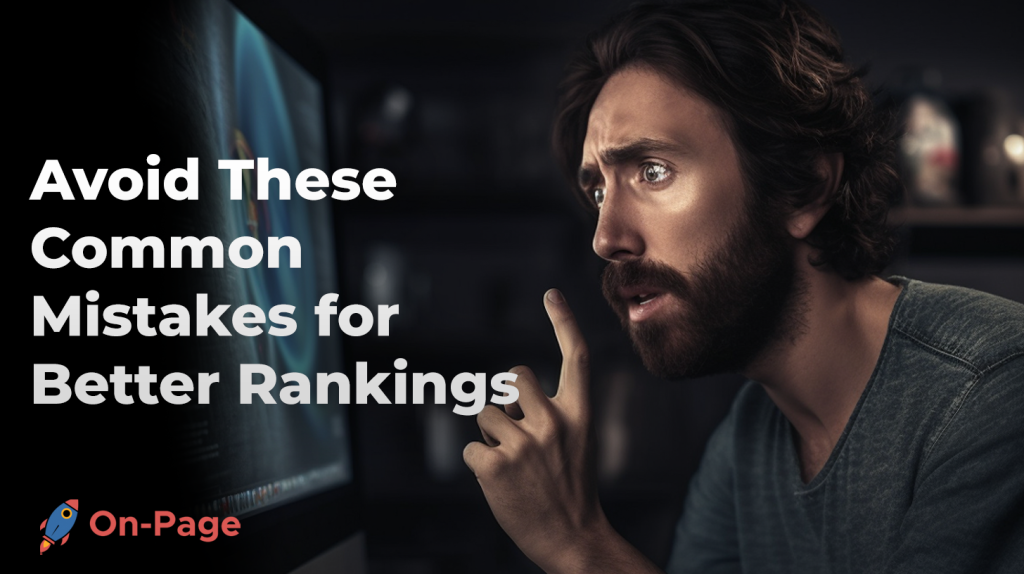
Some of the most common on-page SEO mistakes include not using header tags properly, not optimizing page titles and meta descriptions, having duplicate content, not optimizing images with alt tags, and not including internal links to relevant pages on your website. It’s important to regularly audit your site to ensure that these common mistakes are caught and corrected in order to improve overall search engine visibility and ranking performance.
HTML and Content Structure
HTML and content structure are key components of on-page SEO that should not be taken lightly. When search engines crawl websites, they use a series of algorithms to analyze the HTML code and content structure of the page to determine how relevant it is to certain keywords or phrases. As such, it’s essential to format your website’s HTML correctly and organize its content in order to rank well.
For instance, if you have an e-commerce website that sells shoes, it would be wiser to organize your footwear products into categories like “Men’s Shoes,” “Women’s Shoes,” and “Children’s Shoes” instead of just listing all the different pairs without any categorization. This helps enhance the user experience as customers are now able to find specific items in their preferred category with ease. It also provides clarity for search engine bots crawling your site by giving them a way to understand how content is organized.
Proper use of headings – H1, H2, H3 – depicts how significant the text within each section is compared to the rest of the page. In cases where headings were improperly used or absent, web crawlers will have a hard time deciphering the most important information on the page – consequently lowering its relevance score.
Some website owners might argue that their website navigation menu is capable of doing all the organization needed. However, beyond grouping similar pages together, your users need more specifics in terms of visual cues that help orientate them quickly when they land on a new page.
With proper HTML and content structure in place, it makes crawling easier and faster for search engines while improving user experience.
- Semrush’s analysis of 100,000 websites and 450 million pages revealed that duplicate content was the most common on-page SEO issue, affecting 50% of the analyzed sites.
- The same study found that 45% of websites contained images with missing alt tags, which can negatively impact image search rankings and overall user experience.
- Broken internal and external links were also a significant problem. Semrush discovered that these issues can cause onsite SEO problems and negatively affect user experience, ultimately leading to poor search engine performance.
Improper HTML Coding

Improper HTML coding can create lots of roadblocks for good on-page SEO—such as hampering page load speed—making optimization even more difficult than it already is. From using improper tags to broken links, there are several ways your website’s HTML code can go wrong.
One common mistake is using Flash animation. Even though Flash can add a certain glitzy effect to your site, it comes at a price—no context for search engine crawlers. Search engines cannot read or understand Flash meaning they can’t tell if the content in the embedded file is related to the page’s theme or not. You’d be better off avoiding Flash altogether for searchable pages, or in cases where Flash has been incorporated within your webpage, make sure to provide an alternate means of information such as captions or text-based versions of the multimedia.
Verifying your website’s HTML manually can be stressful and time-consuming – with many technicalities requiring specific attention to detail. Using software like On-Page.ai can help automate this process, saving you time and resources.
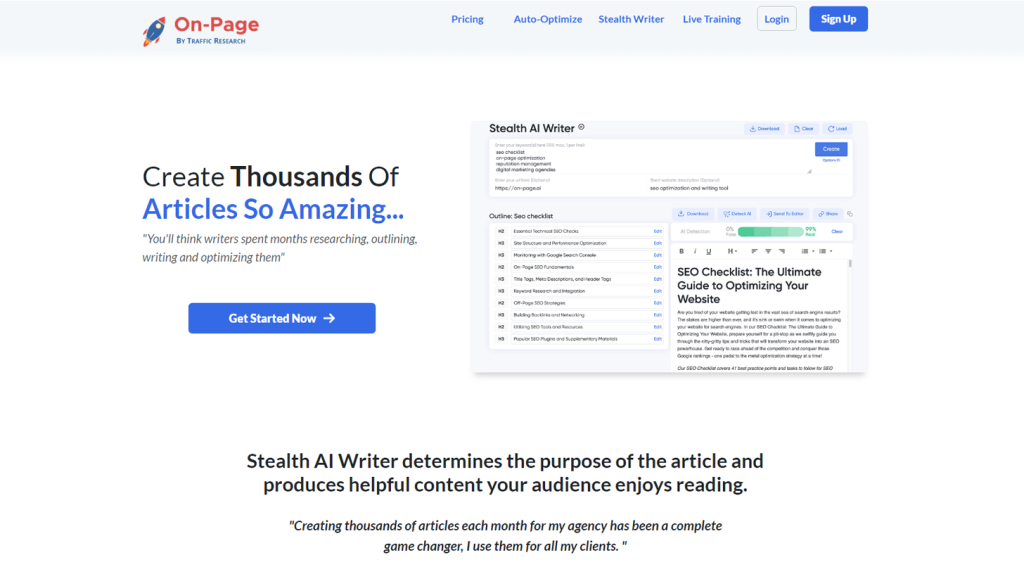
Think of HTML as the foundation of a building – just like a weak foundation can cause a building to collapse, improper coding may lead to errors too. The stronger and more structurally sound your foundation is, the higher your chances of surviving unforeseen challenges – the same applies here. The stronger and more efficiently your website’s HTML coding is configured, the higher possibility that it can withstand algorithm changes on search engines and still maintain its search ranking positions.
Overall proper coding will ensure that search engines can quickly and easily navigate through all aspects of your website structure – helping you achieve optimal rankings to get discovered by organic search users.
Improper HTML coding can create numerous obstacles for on-page SEO, including slow page load speed, making optimization even harder. From improper use of tags to broken links, the website’s HTML code can easily go wrong. Manual verification of website HTML could be time-consuming and stressful, but using software like On-Page.ai can save you time and resources.
Proper HTML coding provides a strong foundation for your website to withstand unforeseen challenges like algorithm changes on search engines while maintaining its search ranking positions. Overall, proper coding ensures that search engines navigate through your website structure quickly and easily, enabling optimal rankings and improved visibility to organic search users.
Unstructured Content
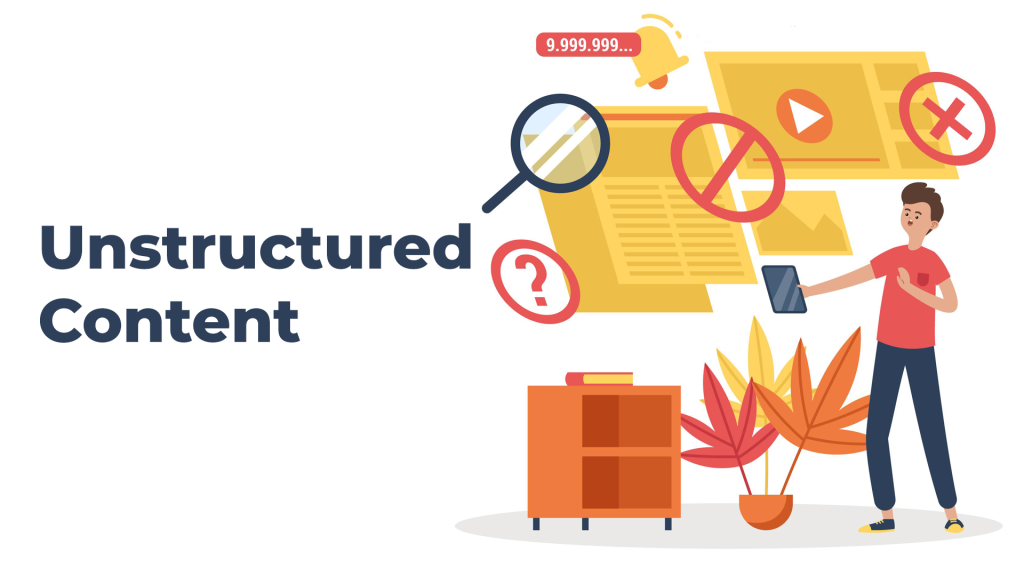
Unstructured content is a common on-page SEO mistake that many website owners and marketers make. Unstructured content refers to any content that lacks organization, hierarchy, or clear formatting. This type of content is difficult for both search engine crawlers and users to understand, which can negatively impact your website’s rankings and user engagement.
Imagine visiting a webpage that consists of a long block of text with no headings, bullet points, or images. It would be tiring to read, hard to comprehend, and uninviting. The same goes for your website’s visitors who are looking for information quickly and efficiently.
Structured content is easier to read and skim through. Using heading tags (H1, H2, H3) allows search engine crawlers to understand the hierarchy of your page’s content. Headings also help visitors understand what each section covers, making it more user-friendly.
Structured content can also help with keyword optimization. Using subheadings properly ensures that your target keywords are included in the right places on the page while still being organized.
It is important to note that overusing headings can also be detrimental as it results in keyword stuffing.
Now let’s dive into another common on-page SEO mistake: missing keywords, metadata, and low-quality copywriting.
Keywords, Metadata, and Copywriting

Keywords are an essential element of an on-page SEO strategy. Keywords are the terms or phrases that users enter into search engines when they are looking for specific information online. Incorporating relevant keywords throughout your website is crucial if you want to rank well in search results pages.
Metadata is another vital part of your web pages’ optimization process. Metadata summarizes the core components of a page in simple snippets displayed in SERP.
For example, let’s say you run an e-commerce store selling fitness equipment. If your website has no metadata, it may appear less legitimate to potential buyers. A searcher looking for a piece of fitness equipment would be more likely to click on a search result that included the name of the product and a concise description in the metadata.
Overloading your webpages with keywords or using too many meta tags won’t give you the desired results. Search engines have become increasingly smarter at identifying low-quality copywriting tactics. Hence, stuffing your page with keywords will lead to penalties rather than better rankings. Instead, use keyword research to determine where best to include them within your content.
Think of incorporating keywords like placing ingredients in a recipe – some seasoning is good but adding too much will ruin the entire dish. Your keyword phrases should not disrupt the natural flow of your article but instead should complement it.
Poor copywriting can negatively affect user experience, making visitors abandon your site quickly; when this happens, it sends a signal to Google that your webpage is unhelpful and poorly optimized. Poorly written copy can hinder your ability to attract new clients. SEO optimization doesn’t mean overstuffing pages with irrelevant copy, but rather making sure that you rank high on search engines and engage customers at the same time.
Now that we understand the importance of structuring content and optimizing keywords appropriately using meta tags let’s explore how poor link structure affects your website’s ranking.
Missing Keywords and Metadata
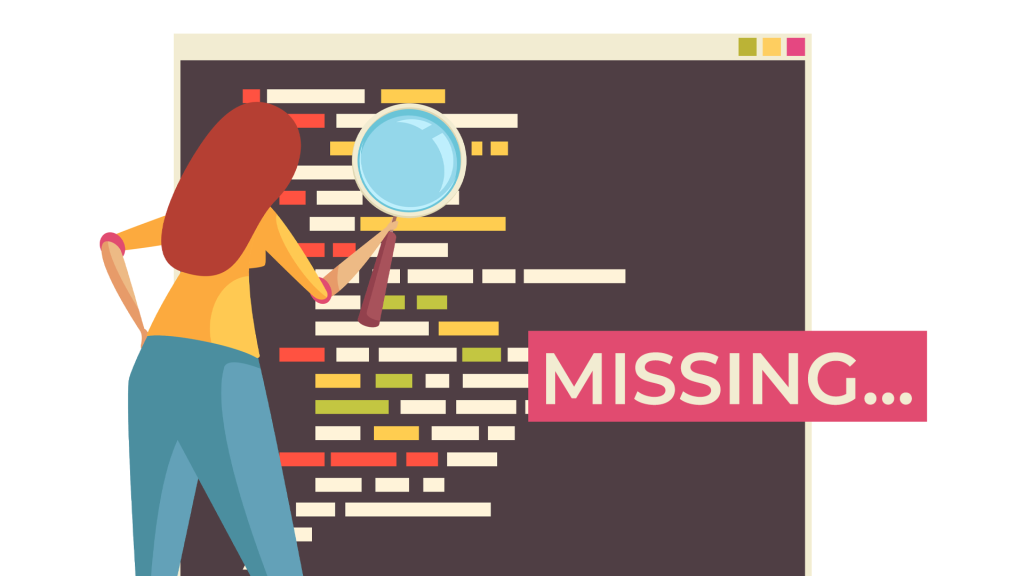
Missing keywords and metadata are some of the most common on-page SEO mistakes that businesses make, and they can have significant consequences for online visibility. Without proper keyword research and optimized metadata, it becomes much harder for search engines to understand what your website is about and how to rank it properly. This can lead to poor rankings, low organic traffic, and missed opportunities.
For example, suppose you run a website selling handmade soaps and skincare products. Your home page has no meta title or description tags, making it much harder for Google to understand what your business does. Additionally, your product pages lack optimized product descriptions with relevant keywords, lowering their chances of appearing in organic search results when someone searches for a specific type of soap or skincare product.
A study by Backlinko found that pages with exact match keywords in the title tag ranked 12.7% higher than those without the exact match keyword in their title. Properly optimized meta descriptions can also lead to higher click-through rates from organic search results.
However, it’s important not to over-optimize metadata to the point where it reads awkwardly or unnaturally. Keyword stuffing or using irrelevant keywords in an attempt to rank for more terms can also do more harm than good.
With that said, let’s move on to another common on-page SEO mistake with significant consequences: low-quality copywriting.
Low-Quality Copywriting

Low-quality copywriting refers to content that is poorly written, low-value, or not optimized for user intent. In today’s world of SEO, high-quality content is essential for ranking well in search engine results pages (SERPs) and engaging users once they arrive on your website.
Consider the following scenario: you own a plumbing business and want to rank for “plumbing services” in your city. You create a page on your website with the keyword in the title and description, but the content is thin, unengaging, and offers little value to users. As a result, your bounce rate is high, and you rank poorly for that keyword.
According to a survey by Content Marketing Institute, 90% of top-performing B2B content marketers put their audience’s needs ahead of their company’s message when creating content. High-quality copywriting goes beyond keywords – it’s about creating valuable, informative, and engaging content that keeps users on your site longer. It’s about using reliable content optimization tools like On-Page.ai.
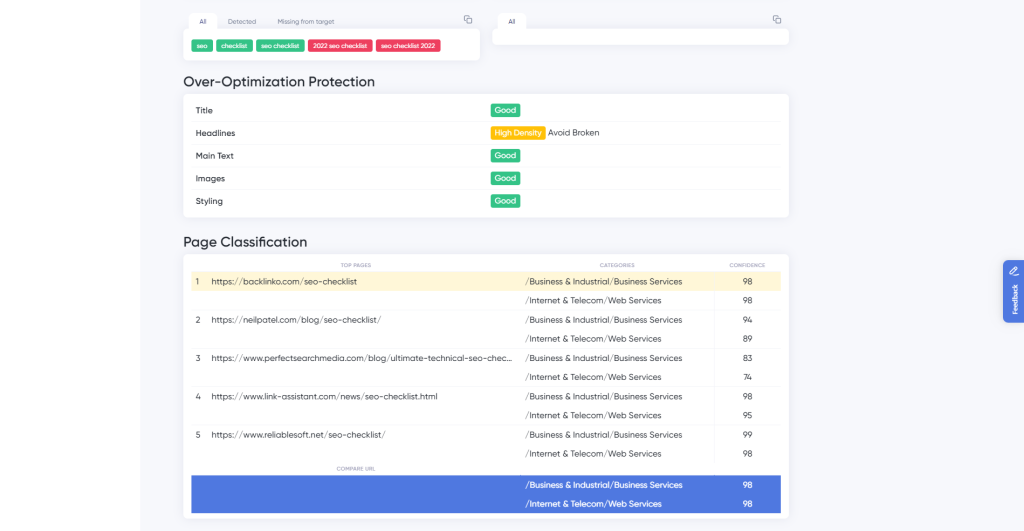
However, there are different schools of thought on what constitutes “high-quality” copywriting. Some argue that longer articles are always better because they offer more information and keep readers engaged for longer. Others believe that short-form content can be just as effective if written in a clear and concise manner.
Think of good copywriting like a conversation – it should flow naturally, be easy to understand, and add value to both parties involved. If someone took away something from your article or blog post that they didn’t know before and found it interesting or informative—then you’ve successfully created high-quality content.
Now that we’ve covered two significant on-page SEO mistakes to avoid let’s move on to optimizing website links.
Optimizing Website Links
Optimizing website links is an important aspect of on-page SEO. Not only do properly optimized links help search engines crawl and index your site more efficiently, but they can also greatly enhance the user experience of your website. Here are a few tips to help you optimize your website links.
One common mistake that many website owners make is using generic anchor text for their links, such as “click here” or “read more.” This is a missed opportunity to include relevant keywords in your link text, which can help improve the relevance and ranking of the page you’re linking to. Instead, try to use descriptive anchor text that accurately reflects the content of the linked page.
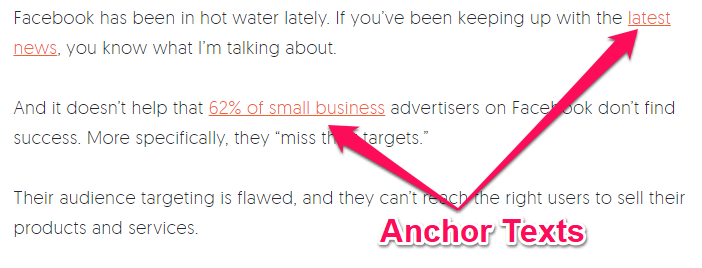
Another important factor to consider when optimizing website links is the internal linking structure. Are you linking from relevant pages with high authority to other pages on your site? If not, it may be time to reevaluate your internal linking strategy. Properly structured internal links can help distribute page authority throughout your site and increase the ranking potential of individual pages.
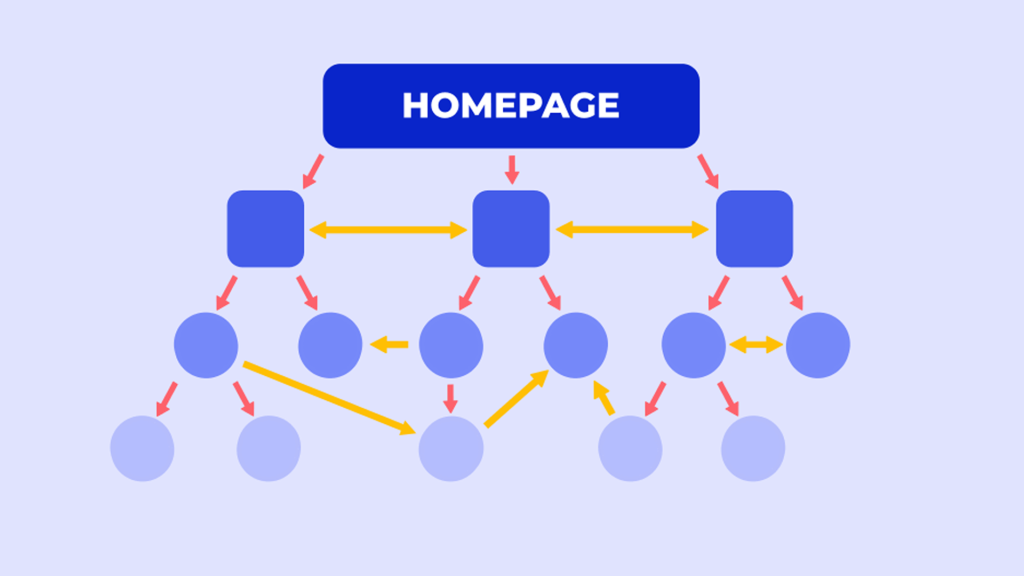
While it’s important to prioritize internal linking, external linking should not be overlooked. Outbound links pointing to authoritative sources can signal to search engines that your site provides valuable information and can improve the relevance and credibility of your content. That being said, you should always be cautious when linking out and ensure that any outbound links are relevant and trustworthy.
Optimizing website links is like building a network of highways between different cities. The quality and efficiency of these highways can determine how easily people can travel between destinations and reach their desired locations. Similarly, the quality and structure of your website’s internal and external links can determine how easily users and search engines can navigate through your site and find the information they’re looking for.
Now that we’ve covered some tips for optimizing website links, let’s take a look at a common mistake that can hinder the effectiveness of your link structure.
Poor Website Links Structure

A poorly structured website link can cause issues with crawling and indexing, reduce user engagement, and negatively impact your search engine rankings. Here are some common website link structure mistakes to avoid.
One common issue is broken links or links that lead to 404 error pages. This not only damages the user experience but can also signal to search engines that your site contains outdated or irrelevant information, which can hurt your ranking potential. It’s important to regularly monitor and fix any broken links on your site.
Another issue is having too many links on a single page. This can make it difficult for both users and search engines to navigate and prioritize the most important content on your site. Aim to keep the number of links on any given page to a reasonable amount to maximize the effectiveness of your link structure.
While having relevant internal and external links is important, using too many exact match anchor texts or having an overly optimized backlink profile could be seen as spammy by search engines. Additionally, if there are too many inbound links from low-quality or irrelevant sites, it can actually harm the ranking potential of your site. Focus on building high-quality, natural backlinks from reputable sources.
Poor website link structure is like trying to navigate through a maze without a map. It can be frustrating for users and make it difficult for them to find what they’re looking for. Similarly, poor website link structure can make it difficult for both users and search engines to navigate through your site effectively.
By avoiding these common website link structure mistakes and implementing best practices for optimizing website links, you can improve both the user experience and the search engine ranking potential of your site.
Avoiding Duplicate Content and Errors

One of the most common on-page SEO mistakes is having duplicate content on different pages or websites. Duplicate content refers to blocks of content that appear in more than one location on the web, causing search engines to have a hard time determining which version is the original and which one is a copy. It can decrease your website’s credibility with search engines and lead to lower rankings.
For instance, imagine copying a section of text from another website to your own without making any changes or giving proper attribution. Google’s algorithm will flag that as duplicate content, potentially resulting in penalization or decreased rankings.
To avoid creating duplicate content, make sure each page of your website has unique content that provides value to users. This includes writing original descriptions for products and services, creating unique blog posts, and using canonical tags to indicate the preferred URL for duplicate pages.
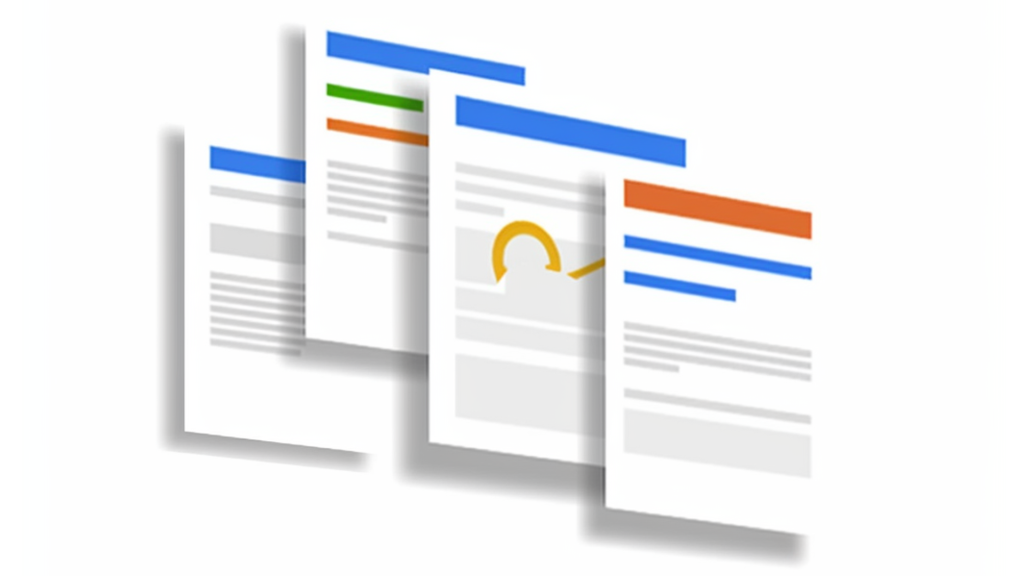
Another common on-page mistake is errors such as broken links, orphaned pages, and missing alt tags for images. These errors can negatively impact how search engines crawl and index your site, leading to poor rankings.
In some cases, particularly with larger websites, identifying all errors can be a challenge. However, performing periodic audits using a tool like On-Page.ai can help you quickly locate any broken links or other technical issues and correct them before they have a big impact on your rankings.
Think of it this way – your website is like a car. Just as regular maintenance helps ensure your vehicle continues running smoothly, regular audits help ensure your website stays optimized for search engine crawlers.
In conclusion, avoiding duplicate content and errors is crucial for achieving better rankings in SERPs. Make sure each page has unique content that provides value to users while also taking steps to locate and correct any technical issues that could affect how search engines crawl and index your site. Using tools like On-Page.ai can help streamline this process and ensure you’re getting the most out of your website’s SEO potential.
Responses to Common Questions
How can on-page SEO mistakes impact a website’s search engine rankings?
On-page SEO mistakes can have a substantial impact on a website’s search engine rankings. Search engines such as Google use complex algorithms to determine which websites should appear at the top of their search results. Several factors influence this decision, including content quality, keyword usage, website speed, and user experience.
On-page SEO refers to the optimization of individual web pages to rank higher in search engine results and attract more organic traffic. This optimization includes several critical factors like meta tags, header tags, internal linking, image optimization, and much more.
When on-page SEO is done wrong, it can lead to lower search engine rankings. For example, if a website’s content is duplicative or thin with little-to-no pictures or multimedia content; it could face penalties that negatively impact its ranking. Some broad statistics show that an overly slow website also tends to lose visitors. Users tend to expect sites to load within three seconds or less. If it takes any longer than 3-4 seconds for a page to load, users are likely to abandon the site altogether and look for other options.
In summary, every part of the on-page SEO strategy matters. Poor quality content, duplicate content issues, incorrect or missing meta tags, slow page speeds, and bad internal linking schemes are only some mistakes that will significantly contribute to worse search rankings. Thus avoiding these on-page SEO mistakes is critical for boosting your website’s visibility and improving its chances of appearing at the top of search results.
How frequently should a website’s on-page SEO be audited?
How frequently should a website’s on-page SEO be audited? Ideally, on-page SEO audits should be conducted at regular intervals, depending on the size and complexity of the website. For smaller websites with fewer pages, an audit every six months can suffice, while larger websites may require monthly audits.
One reason for this is that search engine algorithms are constantly evolving, meaning that what worked in terms of on-page SEO a few years ago may not be effective today. In fact, according to Moz, Google makes hundreds of algorithm updates each year.
Additionally, conducting regular on-page SEO audits can help identify any technical issues or errors that may be affecting your search rankings. For example, broken links or duplicate content can harm your search ranking by confusing search engines and signaling low-quality content.
By regularly auditing your site’s on-page SEO, you can ensure that your site is optimized for both users and search engines, ultimately leading to better search rankings and higher traffic.
In summary, while the frequency of on-page SEO audits depends on various factors such as the size and complexity of the website, it is important to conduct them regularly to stay up-to-date with algorithm updates and identify technical issues.
What are the most important on-page elements to optimize for SEO?
When it comes to on-page SEO optimization, there are a few key elements that you simply can’t ignore. First and foremost, you need to optimize your website’s content for keywords that people are actually searching for. This means doing keyword research and then incorporating those keywords into your content in a way that feels natural and valuable to the reader.
Secondly, you need to ensure that your website is fast and easy to navigate. Page speed has been shown to have a direct impact on both user experience and search engine rankings, so it’s important to optimize page load times wherever possible. Additionally, a well-organized website structure with clear navigation not only makes it easier for users to find what they’re looking for but also helps search engines crawl and index your pages more efficiently.
Finally, it’s important to pay attention to the technical elements of your site like meta tags, headers, and schema markup. By providing search engines with clear signals about what your website is about and how it should be indexed, you can improve its chances of ranking well in search results.
According to a study by Backlinko which analyzed 11.8 million Google search results, on-page factors like keyword usage, page speed, and mobile-friendliness all had a significant impact on rankings. So if you want to improve your SEO performance in 2023, focusing on these key on-page elements is definitely a smart move!
What are some tools that can help identify and fix on-page SEO mistakes?
While there are several tools available to identify and fix on-page SEO mistakes, some of the most popular ones include Google Search Console, Ahrefs, Semrush, and Moz.
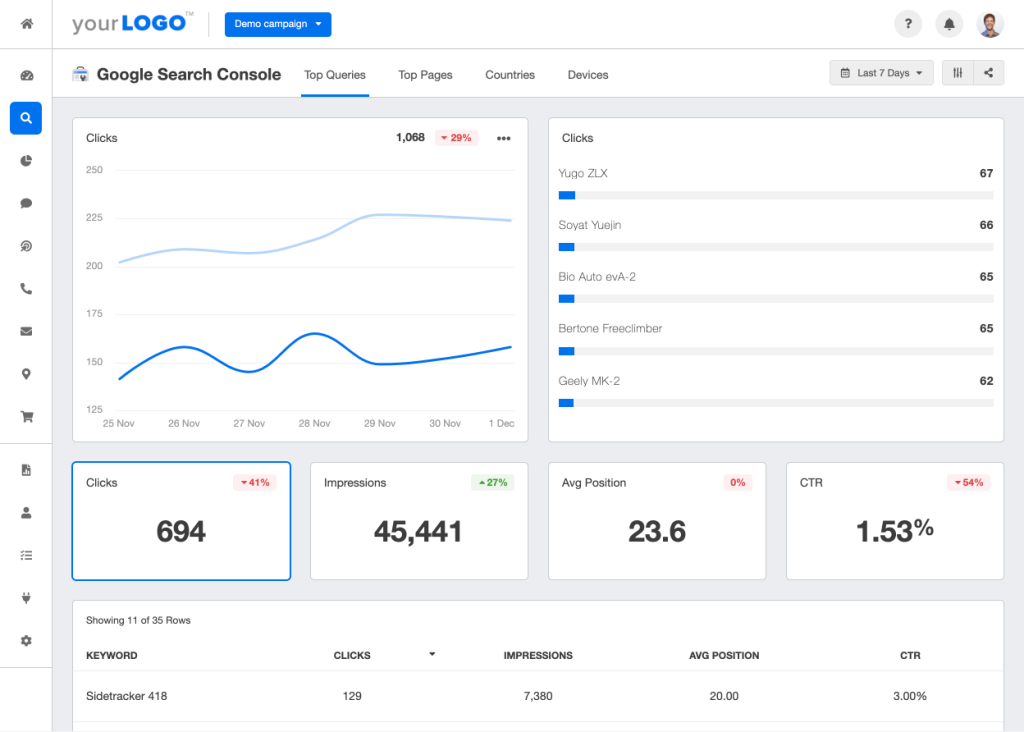
Google Search Console is a free tool provided by Google itself that helps webmasters monitor their website’s performance in search results. It provides valuable insights into crawl errors, user queries, and indexing issues.
Ahrefs is a paid tool that offers a suite of SEO features including site audit reports, backlink analysis, and competitive research. It can help pinpoint technical SEO errors and offer suggestions on how to fix them.
Semrush is another popular tool that offers site auditing, keyword research, competitor analysis, and backlink tracking. Its comprehensive on-page optimization features can help boost your website’s rankings significantly.
Moz also offers site audits and keyword research along with rank-tracking features. Its Page Optimization tool can help you identify on-page SEO issues by analyzing your website’s content against Google’s ranking factors.
According to a survey conducted by SparkToro, 38% of marketers use Semrush for site audits while 26% use Ahrefs. In addition, 58.9% of respondents rated Google Search Console as “essential” or “very important” for their on-page SEO strategy.
In conclusion, these tools are essential in identifying and fixing on-page SEO mistakes. They provide actionable insights that can be used to improve your website’s user experience and search engine rankings.
Are there any industry-specific on-page SEO best practices one should follow?
Yes, there are industry-specific on-page SEO best practices that one should follow. Every industry has unique keywords, customer demographics, and search behaviors that affect the effectiveness of on-page SEO strategies. For example, an e-commerce site may need to focus on optimizing product descriptions and images for better visibility in search results, while a local business such as a restaurant or salon may need to prioritize location-based keywords and Google My Business optimization.
According to a study by Moz, on-page SEO factors such as keyword usage and content relevance account for over 20% of the ranking factors considered by Google’s algorithm. This underscores the importance of implementing industry-specific strategies to maximize on-page SEO performance and improve search rankings.
In addition to keyword optimization, industry-specific on-page SEO best practices may also include webpage design and functionality, mobile responsiveness, and user experience. For instance, in the healthcare industry, webpage security is critical since it involves sensitive patient information. Moreover, specific healthcare webpages must contain technical terms that require extra care when crafting content.
In conclusion, implementing industry-specific on-page SEO best practices is an essential part of any comprehensive digital marketing strategy. Invaluable information provided by reliable platforms can help businesses in understanding what optimization approach works seamlessly with their website niche without breaking down their budget.
By analyzing customer behavior and search trends while leveraging proven SEO techniques and tools like On-Page.ai, businesses can increase their online visibility and drive more qualified traffic to their site.




